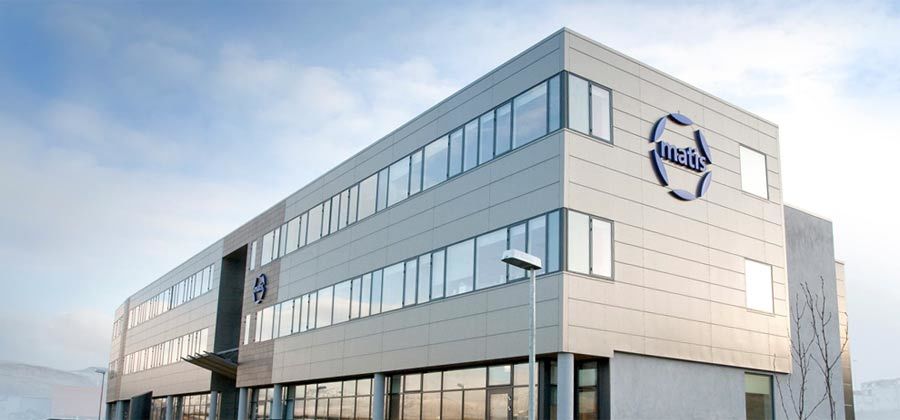Matís 'new report, which publishes a summary of the information available on Icelanders' consumption of the various fish species, states, among other things, that Icelanders prefer haddock to other fish. And probably few will be surprised!
The report is called "Fish consumption of 17 to 49 year old Icelanders in different fish species
and products"And is part of the AVS project"Value and safety of Icelandic seafood - Risk composition and risk ranking”. According to the author of the report, Kolbrún Sveinsdóttir, the aim of the report is to make a detailed and accessible summary of the latest information available on Icelanders' fish consumption. Such information has not been available so far.
Among other things, the report states that fish consumption of older people is higher than that of younger people, and that the older age group also eats a wider variety of fish species and products than younger people. There also seems to be some difference between the fish consumption of the residents of the capital on the one hand and the people of the countryside on the other, both in terms of the frequency of fish consumption and the fish products that are eaten.
Fish is more often on the plates of people in the countryside and most often it is traditional products such as haddock, cod and salted fish and more often than not it is frozen products. Residents of the capital eat more fresh fish and semi-prepared fish dishes, which is undoubtedly due to better access to such a product than is available abroad. They are also more likely to eat fish outside the home than rural people.
Kolbrún says that the summary is mostly based on information obtained in the attitude and consumption survey of the AVS project "Attitudes and fish consumption of young people: Improving the image of seafood”Conducted in 2006, where more than 2000 people answered questions about their fish consumption and attitudes.
Kolbrún emphasizes the need for this type of information to cover all age groups and mentions, for example, that people over the age of 65 are considerably more vulnerable to various risk factors than others.
Read report 37-07: Fish consumption of 17 to 49 year old Icelanders on different fish species and products
Matís report 08-07: Value and safety of Icelandic seafood. Risk composition and risk ranking
Matís report 05-07: Attitudes and fish consumption of young people aged 18 to 25 - Descriptive statistical analysis





 Angelica was previously considered a budding remedy and was also considered a remedy for all. Now the interest in this herb is resurfacing as people become more aware of the substances it puts into it. Angelica has been used to flavor food and is considered a good herb. Therefore, it is interesting to look at what it means in the taste quality of meat to raise lambs in part on angelica before slaughter.
Angelica was previously considered a budding remedy and was also considered a remedy for all. Now the interest in this herb is resurfacing as people become more aware of the substances it puts into it. Angelica has been used to flavor food and is considered a good herb. Therefore, it is interesting to look at what it means in the taste quality of meat to raise lambs in part on angelica before slaughter.

